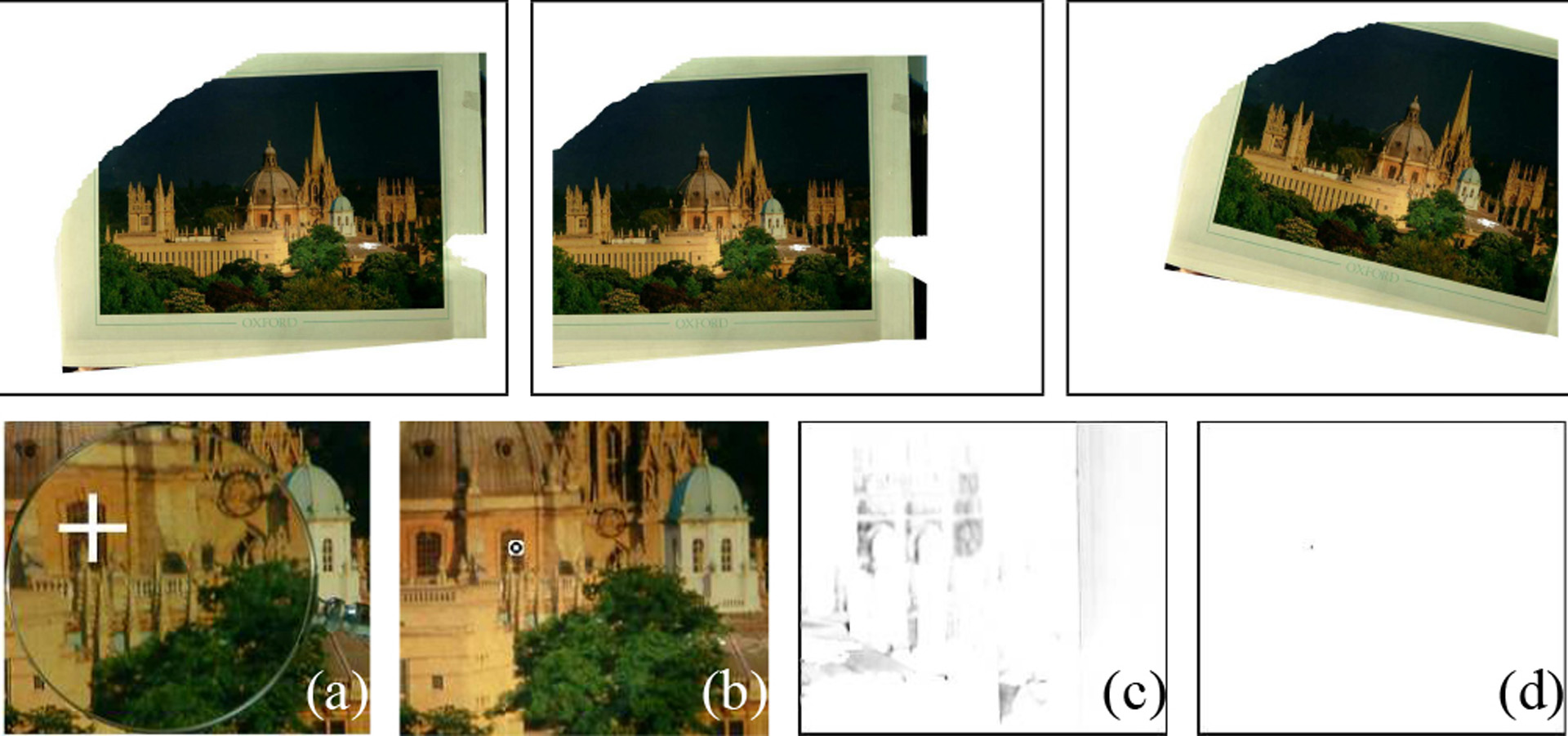“Image-based environment matting” by Wexler, Fitzgibbon and Zisserman
Conference:
Type(s):
Interest Area:
- Application
Title:
- Image-based environment matting
Session/Category Title: Textures
Presenter(s)/Author(s):
Abstract:
Environment matting is a powerful technique for modelling the complex light-transport properties of real-world optically active elements: transparent, refractive and reflective objects. Zongker et al [1999] and Chuang et al [2000] show how environment mattes can be computed for real objects under carefully controlled laboratory conditions. However, for many objects of interest, such calibration is difficult to arrange. For example, we might wish to determine the distortion caused by filming through an ancient window where the glass has flowed; we may have access only to archive footage; or we might simply want a more convenient means of acquiring the matte.
References:
1. Chuang, Y.-Y., Zongker, D. E., Hindorff, J., Curless, B., Salesin, D. H., and Szeliski, R. 2000. Environment matting extensions: Towards higher accuracy and real-time capture. In Proceedings of ACM SIGGRAPH, 12–130.
2. Irani, M., Rousso, B., and Peleg, S. 1994. Computing occluding and transparent motions. Intl. J. Computer Vision 12, 1, 5–16.
3. Zongker, D. E., Werner, D. M., Curless, B., and Salesin., D. H. 1999. Environment matting and compositing. In Proceedings of ACM SIGGRAPH, 205–214.




